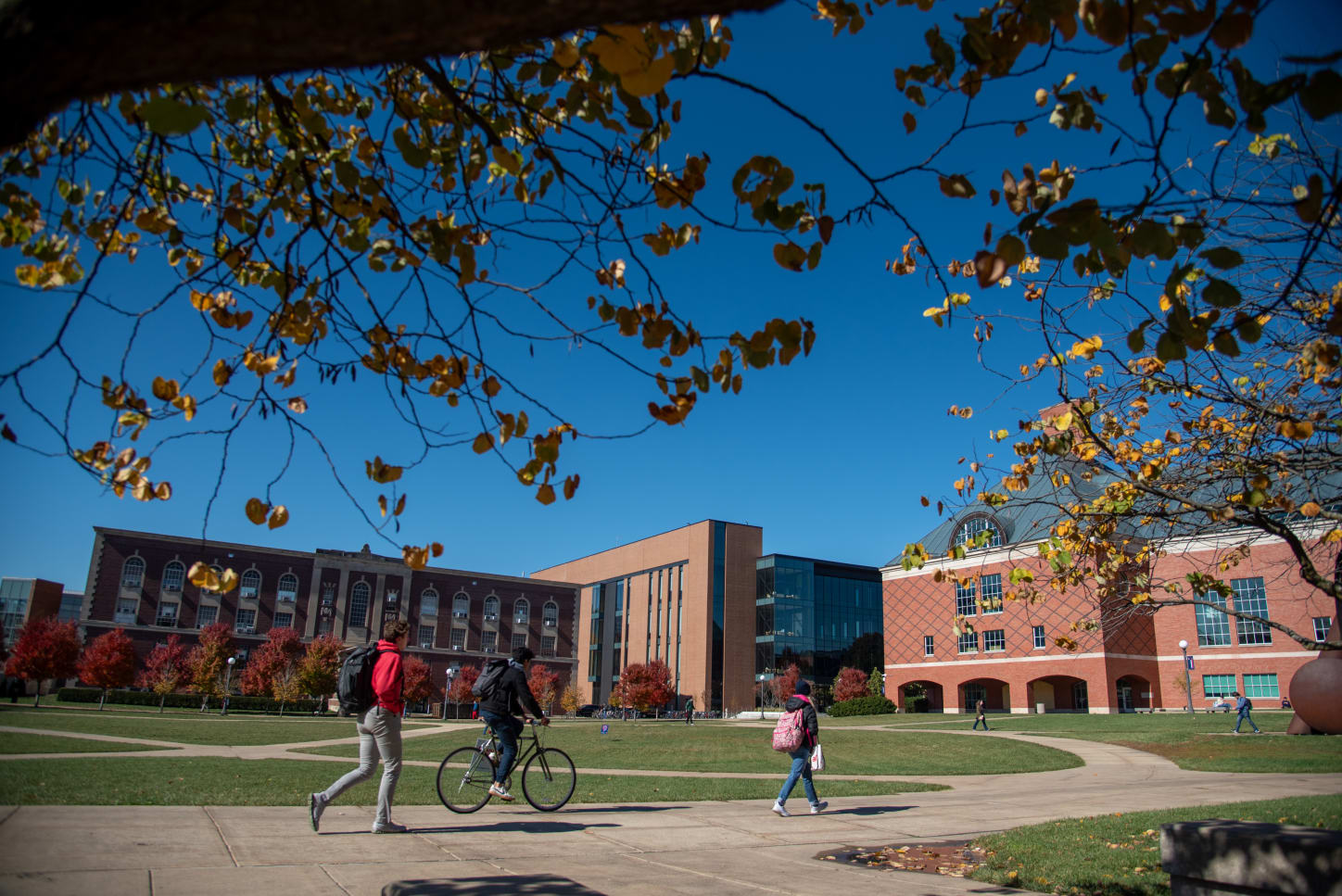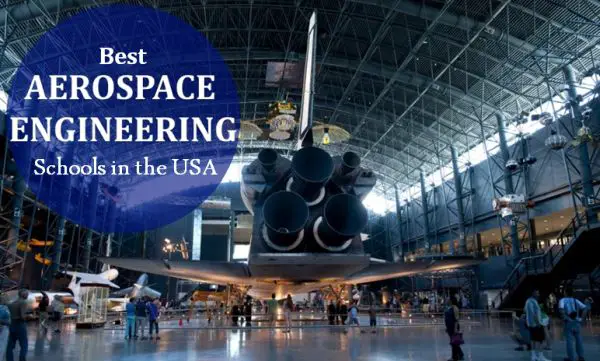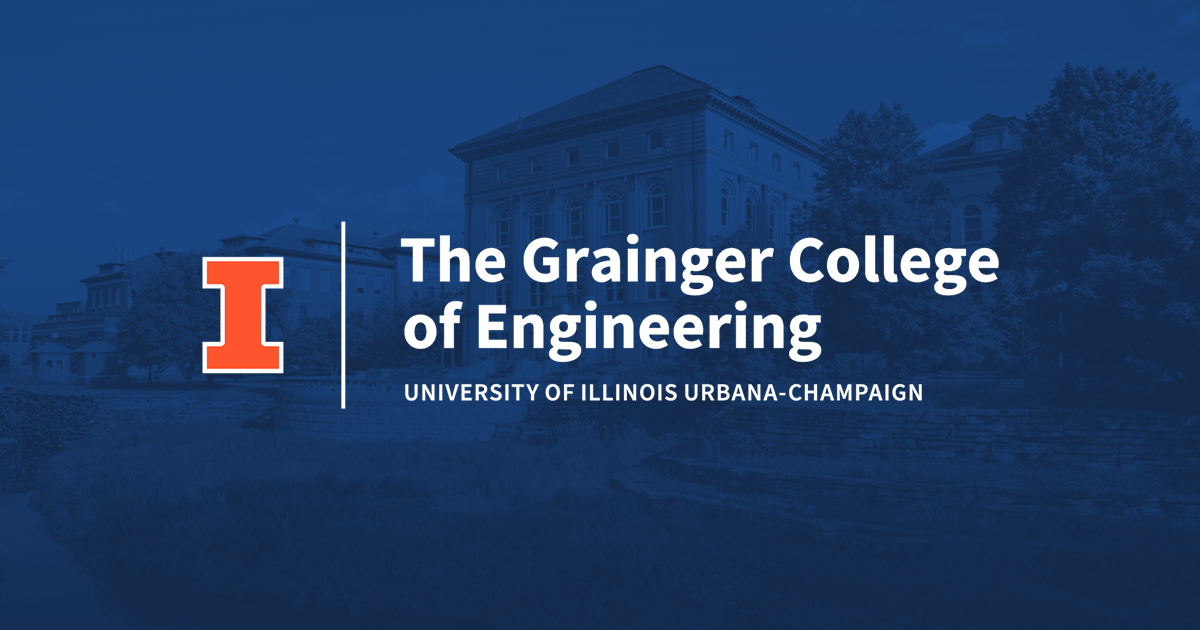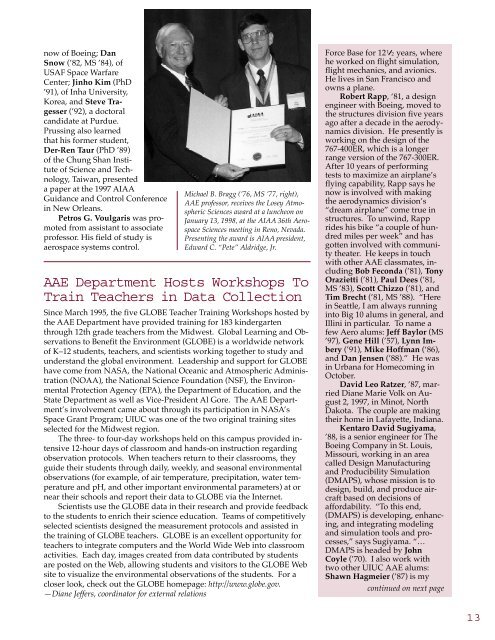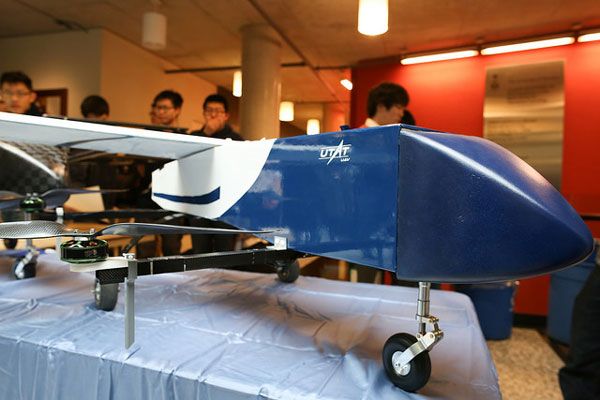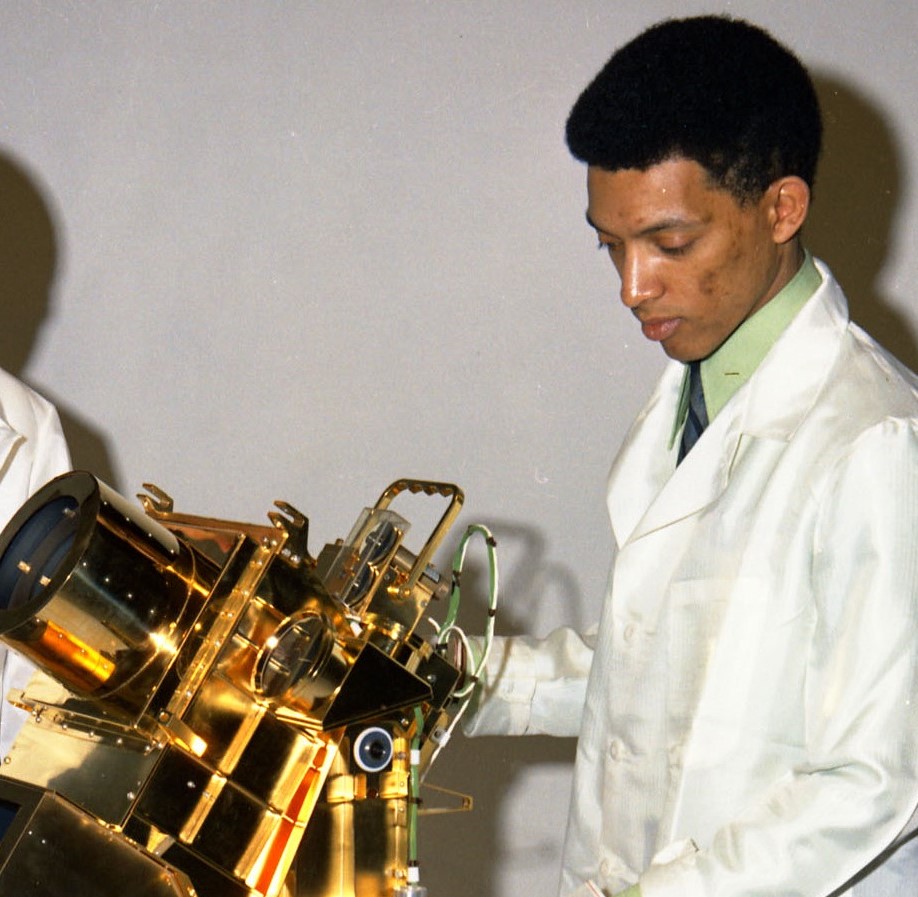University Of Illinois Aerospace Engineering
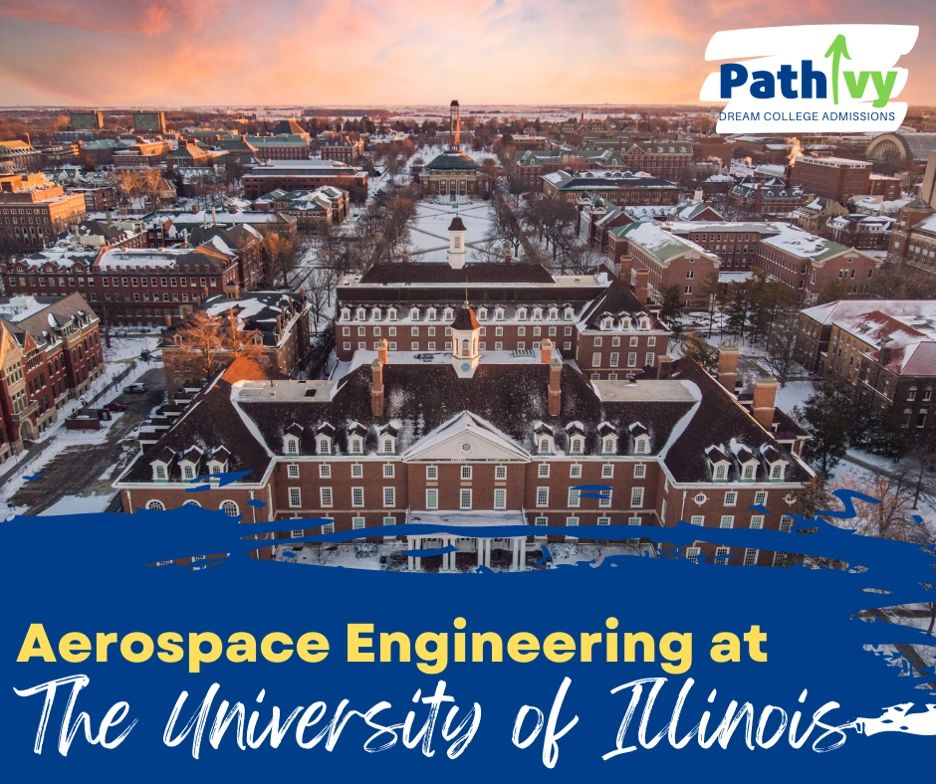
The University of Illinois at Urbana-Champaign's Department of Aerospace Engineering, a program renowned for its pioneering research and influential alumni, faces a complex landscape of evolving industry demands and fierce competition for talent. While consistently ranked among the top programs nationwide, the department is navigating challenges in attracting and retaining faculty, securing funding for cutting-edge research, and adapting its curriculum to address emerging fields such as sustainable aviation and space exploration.
The Aerospace Engineering department at the University of Illinois is a cornerstone of the institution's engineering legacy. This program has consistently held a prominent position in national rankings, producing graduates who contribute significantly to the aerospace industry, government agencies, and academic institutions. However, beneath this veneer of success lie critical challenges that demand strategic attention to ensure the department's continued leadership in the years to come. This includes faculty recruitment and retention, funding competition, and curriculum development.
Faculty Recruitment and Retention
One of the most pressing issues facing the department is the challenge of attracting and retaining top-tier faculty. Competition for qualified aerospace engineers is intense, with universities and private companies vying for the same pool of talent. The high cost of living in the Champaign-Urbana area compared to major metropolitan hubs, coupled with potentially more lucrative opportunities in the private sector, makes recruitment a difficult endeavor.
To address this, the university is exploring strategies such as offering competitive salary packages, enhanced research resources, and opportunities for professional development. The department has also emphasized the collaborative and interdisciplinary research environment, which it hopes will attract faculty interested in working on complex, impactful projects.
The department also leans on its extensive alumni network. "Our alumni are our best ambassadors," says Professor Michael Selig, department head. "They understand the value of a University of Illinois aerospace engineering education and can speak to the unique opportunities available here."
Research Funding and Infrastructure
Aerospace engineering research is inherently expensive, requiring significant investments in advanced equipment, facilities, and computational resources. Securing funding from government agencies like NASA and the Department of Defense, as well as private sector partners, is critical for supporting research initiatives and maintaining the department's competitive edge.
The university is actively pursuing new funding opportunities and strengthening its relationships with industry partners. This includes collaborating with companies on joint research projects, establishing endowed professorships, and seeking philanthropic support from alumni and donors. The new Grainger Engineering Design Innovation Laboratory provides state-of-the-art facilities for students and faculty to collaborate on innovative projects.
However, competition for research grants remains fierce, and the department must constantly innovate to differentiate itself and secure funding for its ambitious research agenda. Grant writing workshops and mentorship programs are offered to faculty to improve their chances of securing funding.
Curriculum Adaptation and Emerging Technologies
The aerospace industry is undergoing rapid transformation, driven by advancements in areas such as sustainable aviation, space exploration, autonomous systems, and advanced materials. The department must adapt its curriculum to prepare students for these emerging technologies and ensure they possess the skills and knowledge to thrive in the future workforce. This means integrating new courses, updating existing courses, and providing hands-on learning opportunities through research projects and industry internships.
The department has introduced new courses in areas such as sustainable aviation, space propulsion, and additive manufacturing. They have also established partnerships with companies like Boeing and Lockheed Martin to provide students with real-world experience and exposure to industry best practices. Furthermore, the department encourages students to participate in design competitions and student organizations, such as the Illini Space Society, to gain practical skills and network with industry professionals.
Balancing traditional aerospace engineering principles with these new emerging fields poses a challenge. Maintaining a strong foundation in core engineering principles while introducing students to cutting-edge technologies is crucial.
The Road Ahead
The University of Illinois Aerospace Engineering Department faces significant challenges but also possesses considerable strengths. By prioritizing faculty recruitment and retention, securing research funding, and adapting its curriculum, the department can ensure its continued leadership in aerospace education and research.
The future of the aerospace industry is bright, and the University of Illinois is positioned to play a key role in shaping it. The department's commitment to innovation, collaboration, and student success will be critical to its long-term success.
As Professor Selig notes, "We are committed to providing our students with the best possible education and preparing them to be leaders in the aerospace industry. By addressing the challenges we face head-on, we can ensure that the University of Illinois remains a global leader in aerospace engineering for generations to come."
